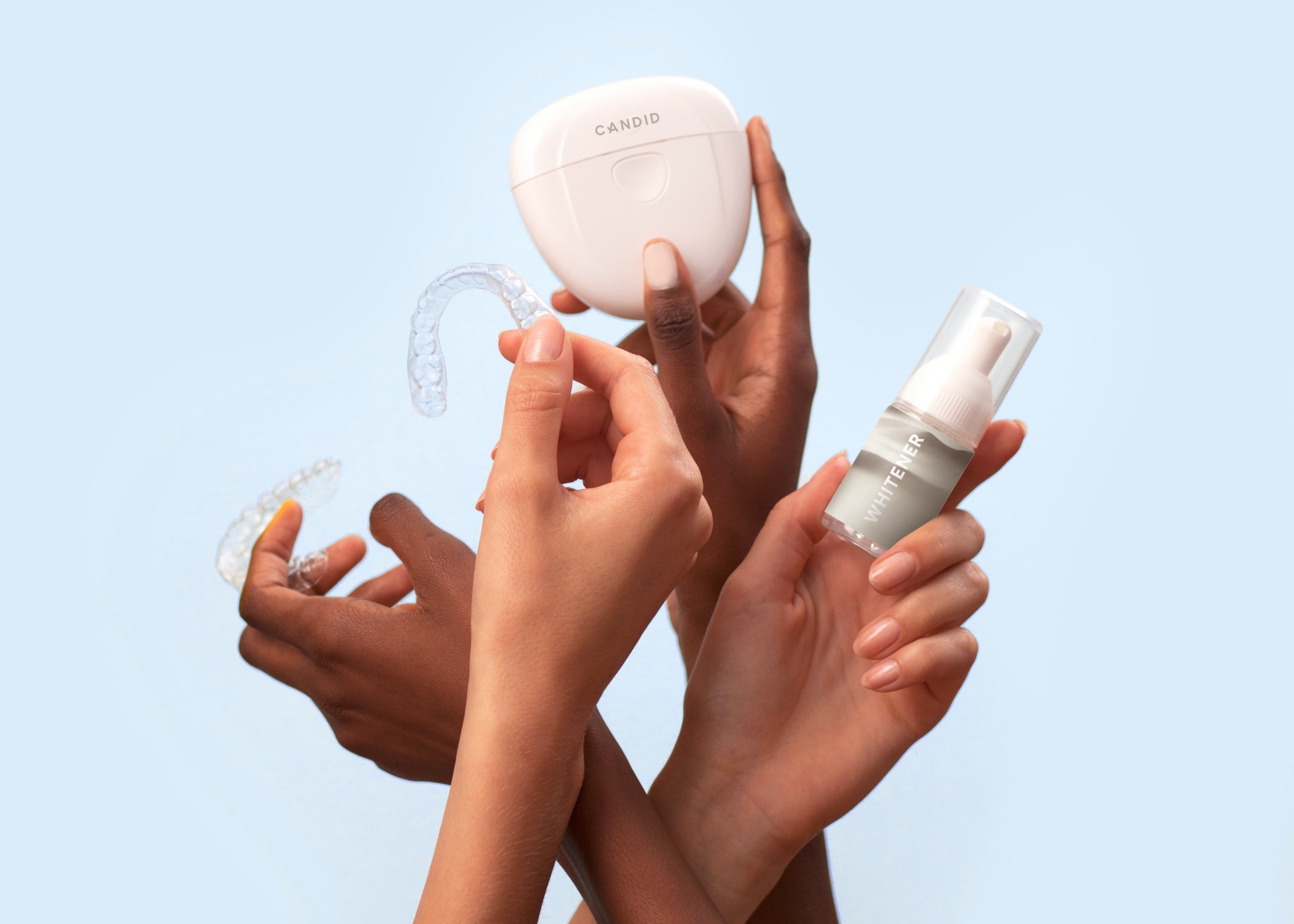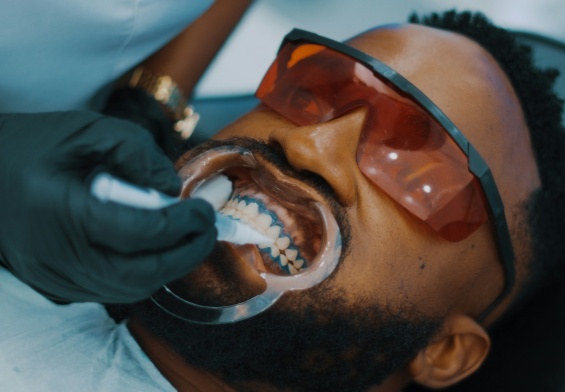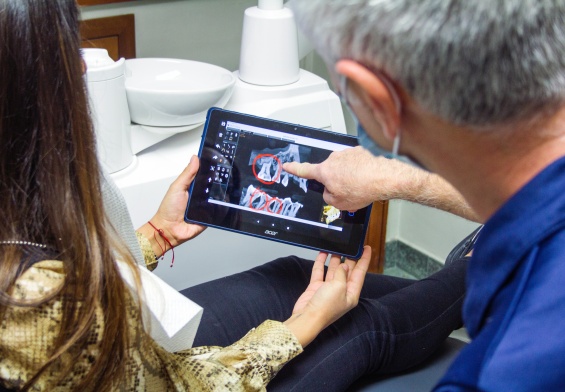Orthodontic care has come a long way from the mouthful-of-metal brace face looks of the past. Traditional metal braces are still a trusted option for correcting alignment issues, but many of today’s patients want alternatives that are more comfortable and less noticeable. If you’re exploring cosmetic dentistry in NJ, you’ll find a variety of innovative treatments designed to address dental concerns effectively while fitting into your lifestyle.
Invisalign
Ever wanted a way to straighten your teeth without anyone noticing? Invisalign might be the perfect solution. It uses a series of clear aligners, custom-designed to fit your teeth, which gradually shift them into their ideal positions. The aligners are almost invisible, making them a favorite among adults and teens alike.
Invisalign aligners are also removable, unlike traditional braces. This means you can enjoy your favorite meals without dietary restrictions and maintain your oral hygiene routine. Invisalign works best for correcting mild to moderate alignment issues like crowding, gaps, and minor overbites. Its subtlety and convenience factors make it a popular solution for cosmetic dentistry in NJ.
Dental Veneers
If you’re more focused on the appearance of your teeth than their alignment, dental veneers might be your answer. They’re ultra-thin porcelain shells, bonded to the front surfaces of your teeth, giving the appearance of a bright, healthy smile. Veneers can address numerous cosmetic issues, including minor misalignments, chips, cracks, and discoloration.
Imagine walking out of the dentist’s office with a completely new smile after just a few appointments. That’s the power of veneers. They not only improve the look of your teeth but also provide long-lasting durability. Many patients in New Jersey turn to veneers to get results without committing to lengthy orthodontic treatments.
Lingual Braces
For those who need comprehensive orthodontic treatment but want to keep it out of sight, lingual braces offer an ideal solution. These braces are attached to the back of your teeth, making them difficult to notice from the outside. Lingual braces are especially appealing to professionals or adults who prioritize a discreet approach while undergoing treatment.
Despite their hidden placement, lingual braces are just as effective as traditional braces for correcting even severe alignment issues. They offer the potency and reliability of conventional orthodontics without compromising your appearance during treatment. Many patients in New Jersey appreciate the combination of effectiveness and subtlety that lingual braces provide.
Clear Ceramic Braces
Clear ceramic braces are an excellent choice for individuals seeking the reliability of traditional braces with a softer aesthetic. These braces use brackets and wires that blend with the natural color of your teeth, making them far less noticeable than metal options. They are a great fit for those with more complex alignment needs who still want a discreet treatment option.
Many cosmetic dentistry practices in NJ recommend ceramic braces for patients who need significant corrections but prefer a less conspicuous approach. This is because they provide a balanced, effective orthodontic by mixing durability and a natural appearance.
Dental Bonding
If you’re dealing with small gaps, chips, or uneven teeth, dental bonding could be the ideal fix. This procedure involves applying a tooth-colored resin to the teeth, which is then shaped and polished to improve their appearance. It’s a simple, non-invasive process.
While dental bonding doesn’t replace orthodontics for major alignment issues, it’s perfect for fixing small cosmetic issues. Imagine walking into a dentist’s office with chipped teeth and leaving the same day with a more even, polished smile.
Retainers
Retainers aren’t just for post-braces care anymore. In some cases, they can be used by themselves to fix minor issues and/or keep your teeth from shifting further. Retainers come in various styles, including clear models similar to Invisalign, fixed retainers bonded to the back of the teeth, and traditional removable designs.
These devices are a practical and low-maintenance option for keeping your teeth in place or making minor adjustments over time. Many dental practices in New Jersey recommend retainers as a cost-effective solution for maintaining a straight smile.
The Role of Preventive Care in Cosmetic Dentistry
Once you’ve achieved your desired smile, preventive care plays a huge role in preserving it. Regular dental check-ups and cleanings help keep your teeth healthy, keeping issues like cavities or gum disease from messing with your cosmetic treatments. Dentists in New Jersey often combine preventive care with personalized cosmetic plans, providing comprehensive solutions to maintain the appearance of your smile.
In addition to regular dental visits, you need to practice good oral hygiene habits at home. Brushing, flossing, and using dentist-recommended products can go a long way in protecting your investment in cosmetic dentistry.
Choosing the Right Path for Your Smile
Deciding on the best alternative to braces depends on your dental needs, goals, and lifestyle. Invisalign and lingual braces offer discreet solutions for those looking to align their teeth subtly. If immediate aesthetic improvements are your priority, veneers or dental bonding may be the better fit. Retainers are ideal for maintenance or minor corrections. Consulting with a trusted cosmetic dentist in NJ can help you find the right solution tailored to your unique smile.
Take the Next Step Toward a Better Smile
Your perfect smile is closer than you think. With so many advanced options available, there’s no need to settle for traditional braces if they don’t suit your lifestyle. Reach out to a cosmetic dentist in NJ today to explore treatments that align with your goals. A stunning smile isn’t just about aesthetics—it’s about confidence, comfort, and living your best life.




